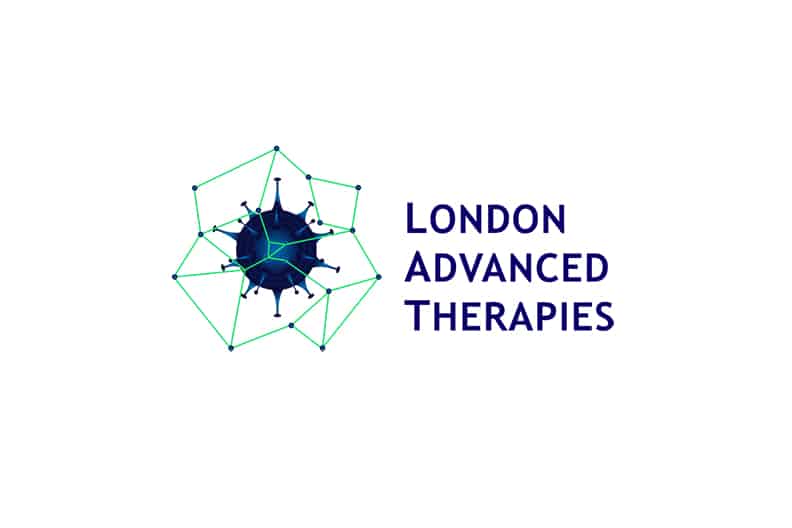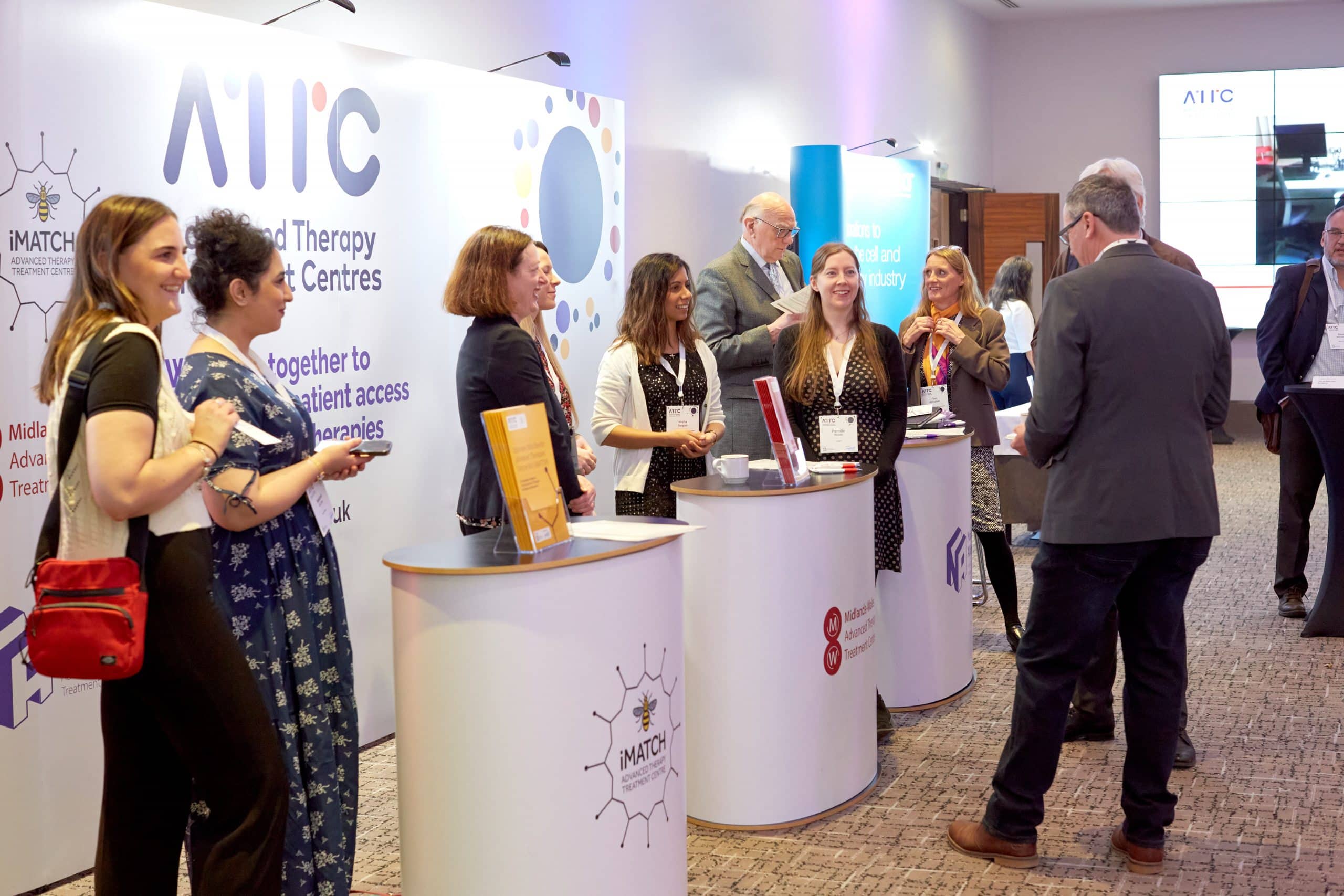Advanced Therapy Medicinal Products (ATMPs) aim to restore health following one time treatment. However, constraints that impede delivery have been identified across several parts of the pathway from manufacturer through to delivery sites.
Cell and Gene therapies currently carry large, upfront costs with uncertainty of long-term outcomes. Decision-makers need to resolve constraints on delivering cell and gene therapies to patients as these treatments move into routine care. This study aimed to investigate if, and how, constraints that affect the expected cost and health consequences of cell and gene therapies have been included in published examples of cost-effectiveness analyses (CEAs). The health impact of constraints is vital evidence to help decision-makers scale up the delivery of cell and gene therapies as patient volume increases and more advanced therapy medicinal products are launched. CEAs will be essential to inform decision making by providing evidence of the benefits and harm.
A systematic review identified CEAs of cell and gene therapies. Constraints described qualitatively were categorised by themes (single payment models; long-term affordability; delivery by providers and manufacturing capability) and summarised by a narrative synthesis. Constraints evaluated quantitatively were appraised by whether they changed the decision to recommend treatment, and covered data from the USA, Canada, Singapore, and The Netherlands.
Health care providers will likely require investment in specialist infrastructure to treat patients in a safe and timely manner, and sufficient capacity in physical resources at the point of care to handle patient volume. Similarly, commercial manufacturers may need to improve production techniques to reduce the time to treatment and minimise harm from delays for patients with severe disease activity. Payers and service commissioners may require investment in data collection systems to generate evidence regarding the duration and magnitude of longer-term health benefits and harms or may propose ways to manage the risk of uncertain lifetime outcomes for current and future patients by modifying the single fixed payment model for treatments.
Decision-makers will need to consider how best to resolve constraints on the delivery of cell and gene therapies, to scale the provision of these treatments and deliver their anticipated health benefits to patients, as the demand for ATMPs increases in the future. Coordination between different decision-making units and horizon scanning to anticipate future treatments and patient volume will be essential to identify potential constraints and strategies to overcome them. Health economic evidence, and CEA specifically, can inform decision-making by quantifying the impact of constraints on the cost-effectiveness of care, helping to prioritise constraints to be resolved, and estimating the value of strategies to implement cell and gene therapies across health care systems.
Gavan, S.P., Wright, S.J., Thistlethwaite, F., & Payne, K. Capturing the Impact of Constraints on the Cost-Effectiveness of Cell and Gene Therapies: A Systematic Review. PharmacoEconomics 41, 675–692 (2023). https://doi.org/10.1007/s40273-022-01234-7
Sharing Link https://rdcu.be/c7oUF
For further information please contact Dr Sean Gavan: sean.gavan@manchester.ac.uk


